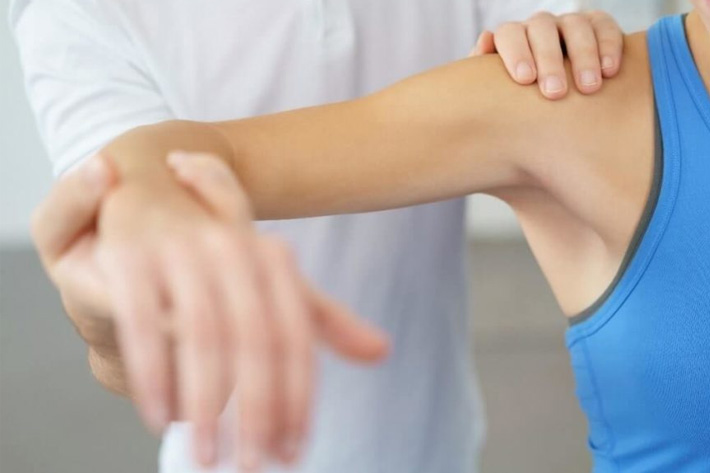Acromioclavicular joint (AC joint) dislocations are relatively common injuries, especially in athletes involved in contact sports or activities that place a high demand on the shoulder. The AC joint is located where the clavicle (collarbone) meets the acromion, which is part of the scapula (shoulder blade). Dislocations occur when there is a disruption or separation of the joint, typically due to a direct blow to the shoulder or a fall on an outstretched arm.
AC joint dislocations are classified into different types based on the severity of the injury:
- Type I: This is a mild sprain of the AC joint with no actual dislocation. The ligaments around the joint are stretched, but there is no significant joint separation.
- Type II: This is the most common type and involves a partial dislocation of the AC joint. The acromioclavicular ligament is torn, leading to a visible bump or deformity above the shoulder.
- Type III: This type involves a complete dislocation of the AC joint, with both the acromioclavicular and coracoclavicular ligaments torn. The clavicle is displaced significantly, resulting in a noticeable bump on top of the shoulder.
- Type IV-VI: These are rare and severe dislocations that involve additional ligament injuries and often require surgical intervention.
Treatment options for AC joint dislocations vary depending on the type and severity of the injury. Here are some common approaches:
- Type I and II: These injuries are typically managed non-surgically using conservative measures. Treatment may involve rest, ice, pain management, and immobilization using a sling or brace. Physical therapy and rehabilitation exercises are often prescribed to restore range of motion, strength, and stability.
- Type III: Non-surgical treatment may be attempted initially, but some cases may require surgical intervention, especially in athletes or individuals who require a high level of shoulder function. Surgery aims to stabilize the joint by reconstructing the torn ligaments using various techniques, such as tightrope fixation, suture anchors, or ligament transfers.
- Type IV-VI: These severe dislocations often require surgical treatment due to the extent of ligament damage. Surgery typically involves reconstructing the damaged ligaments using techniques like tendon grafts, transplants, or synthetic graft materials.
Recovery and rehabilitation after an AC joint dislocation can take several weeks to months, depending on the severity of the injury and the chosen treatment approach. Athletes will need to work closely with medical professionals and physical therapists to gradually regain shoulder strength, range of motion, and functional abilities.
If you suspect an AC joint dislocation or any other shoulder injury, it is recommended to consult with a qualified healthcare provider for an accurate diagnosis and appropriate treatment plan.





